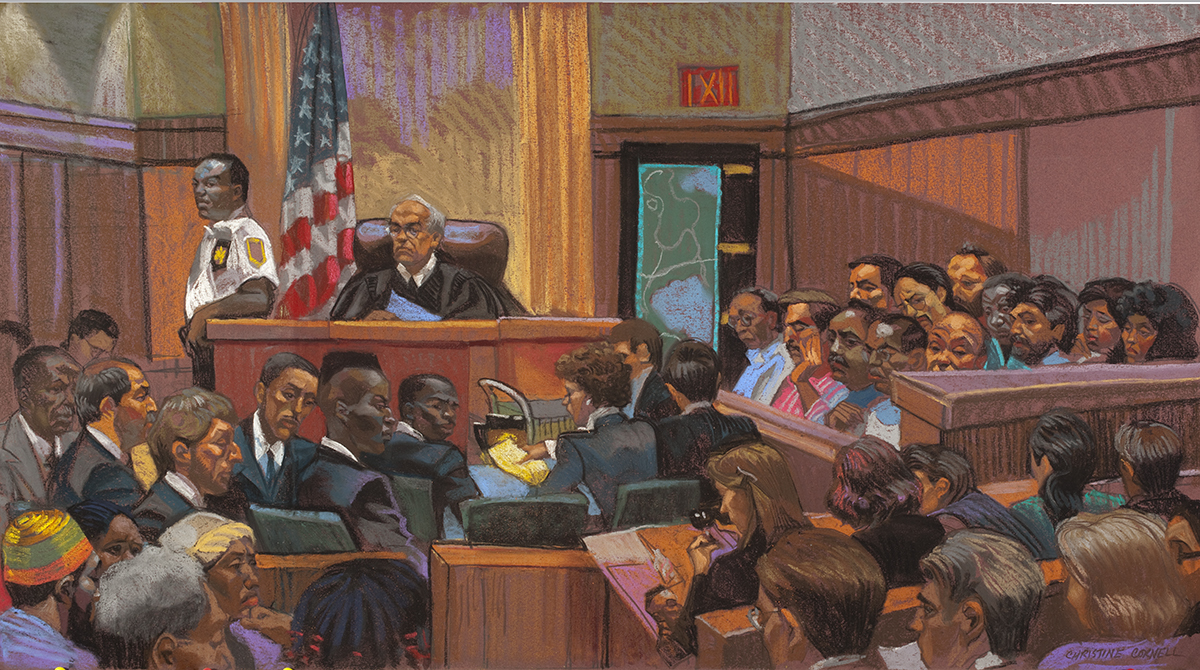Conviction and Exoneration | The Central Park Five | Ken Burns

In the early hours of April 20, 1989, the body of a woman barely clinging to life was discovered in Central Park. Assaulted and left for dead, the 28-year-old jogger, Trisha Meili, would survive grave injuries and a coma with no memory of the events. Within days of the attack, McCray, 15; Richardson, 14; Salaam, 15; Santana, 14; and Wise, 16, implicated themselves in Meili's rape and beating after hours of psychological pressure and aggressive interrogation at the hands of seasoned homicide detectives.
The police announced to a press hungry for sensational crime stories that the young men had been part of a gang of teenagers who were out "wilding," assaulting joggers and bicyclists in Central Park that evening. The ensuing media frenzy was met with a public outcry for justice. The young men were tried as adults under New York laws of the day — and convicted, despite inconsistent and inaccurate confessions, DNA evidence that excluded them, and no eyewitness accounts that connected them to the victim.
On December 19, 2002, Justice Charles J. Tejada of the Supreme Court of the State of New York granted a motion to vacate the thirteen-year-old convections in the infamous case. He did so based on new evidence: a shocking confession from a serial rapist, Matias Reyes, and a positive DNA match to back it up. A year later, the men filed civil lawsuits against the City of New York, and the police officers and prosecutors who had worked toward their conviction. In 2014, they settled that civil case for $41 million dollars. Despite their exoneration, the police and prosecutors involved in the case maintain that they were guilty of the crime.
ncG1vNJzZmivp6x7sa7SZ6arn1%2Bgsq%2Bu1KulrGeknbJur8Snq6uZnGK9or7KZp2irpVksLC61aKaraGfo3qiusNmnLGnnpq%2FosDIqKU%3D